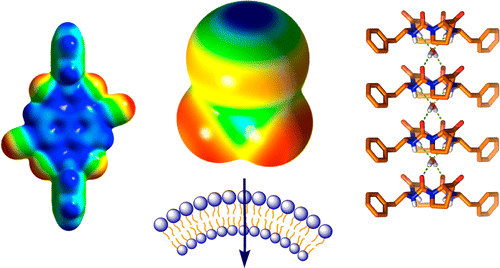- Vargas Jentzsch, A.; Hennig, A.; Mareda, J.; Matile, S. “Synthetic Ion Transporters that Work with Anion-π Interactions, Halogen Bonds and Anion-Macrodipole Interactions” Acc. Chem. Res. 2013, 46, 2791-2800

The transport of ions and molecules across lipid bilayer membranes connects cells and cellular compartments with their environment. This biological process is central to a host of functions including signal transduction in neurons and the olfactory and gustatory sensing systems, the translocation of biosynthetic intermediates and products, and the uptake of nutrients, drugs, and probes. Biological transport systems are highly regulated and selectively respond to a broad range of physical and chemical stimulation. A large percentage of today’s drugs and many antimicrobial or antifungal agents take advantage of these systems. Other biological transport systems are highly toxic, such as the anthrax toxin or melittin from bee venom.
DOI: 10.1021/ar400014r
open archive unige:32246 • pdf ![]()
